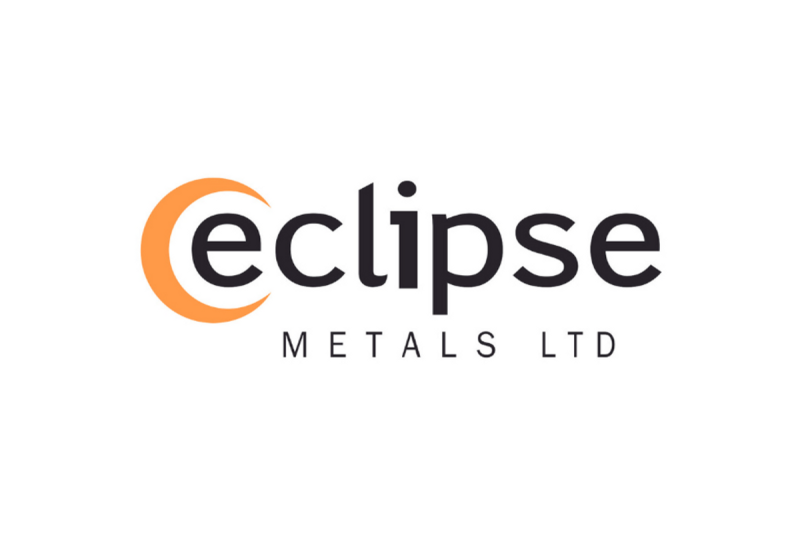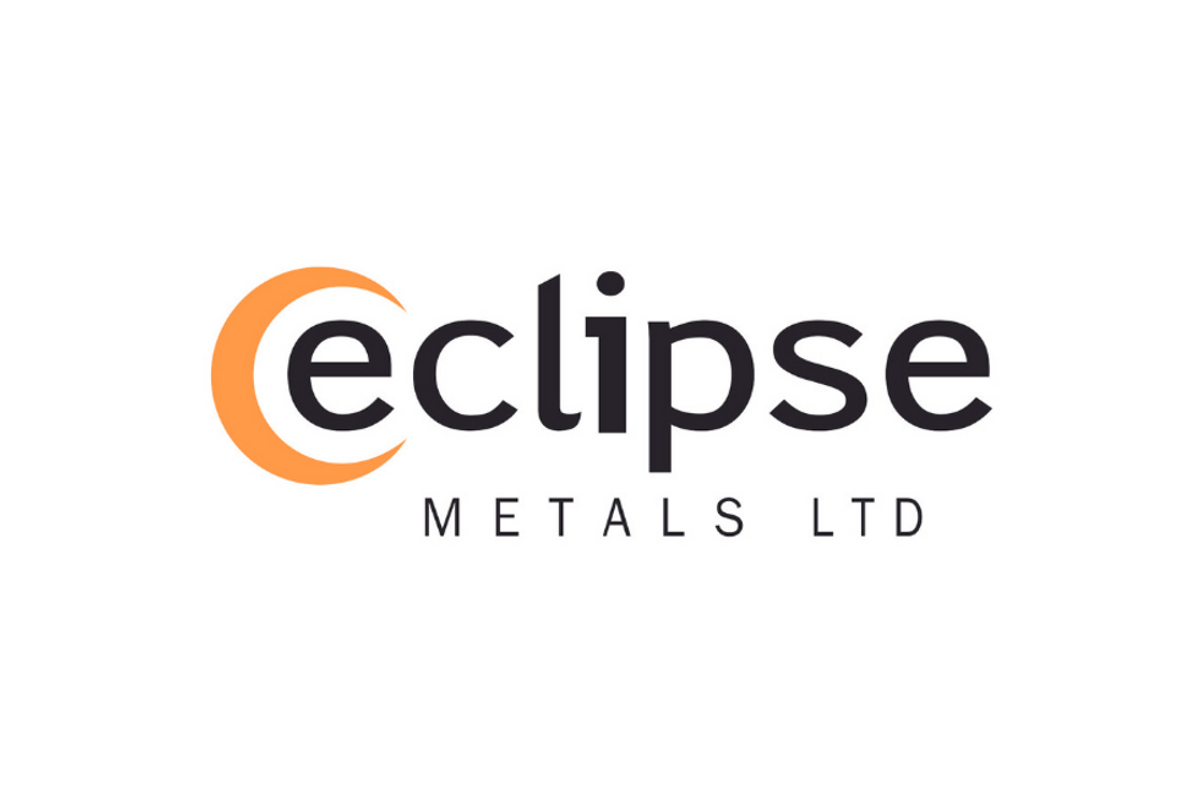Karine Jean-Pierre reveals mom’s cancer diagnosis — and why she kept it secret
Eclipse Metals Ltd Progresses Grønnedal Resource Expansion: Analytical Assessment of Historical Drill Core Samples Underway






Eclipse Metals Ltd (ASX: EPM) (Eclipse Metals or the Company) is pleased to update shareholders on recent progress at its Grønnedal prospect, located within the Ivigtût Project in southwestern Greenland. Building on the October 2024 announcement, the Company has taken significant steps to expand its maiden JORC Code (2012) compliant Mineral Resource Estimate (MRE). The current MRE, comprising 1.18Mt grading 6,859ppmm Total Rare Earth Oxides (TREO) (Table 1, Appendix 1), is based on limited shallow drill testing of a small section amounting to less than approximately 5% of a larger carbonatite complex that is enriched in rare earths mineralisation.
HIGHLIGHTS:
- Calibrated Analysis in Progress: Samples from six historical Grønnedal drill holes are being used to refine and validate XRF results for precise resource estimation.
- Focus on Rare Earth Elements (REE): Analytical emphasis on REE geochemistry, with additional investigation into niobium (Nb) and gallium (Ga) mineralisation.
- Advanced Mineralogical Studies: Mineralogy using TIMA technology aims to correlate geochemical data with mineral phases.
- Results Timeline: Laboratory analyses are underway in Sweden, with outcomes anticipated in Q1 2025.
In 1950, Kryolitselskabet Øresund A/S, (Cryolite Miner), drilled six diamond holes in the vicinity of the Grønnedal resource to test for a potential iron ore deposit. This drilling extends to depths of up to 200m. During 2024 Eclipse completed XRF analyses of the core from these drillholes, which is stored in Gothenburg. The analysis comprised automated core-scanning using the Minalyze XRF TruScan technology developed by Veracio in Gothenburg, Sweden,
The XRF analysis confirmed the qualitative presence of REE mineralisation. Selected intervals of the core are currently being verified by laboratory analysis. This phase focuses on REE geochemistry, particularly neodymium (Nd), praseodymium (Pr), dysprosium (Dy), and terbium (Tb), which are pivotal for magnet applications.
Selected samples are also being analysed by TIMA (TESCAN Integrated Mineral Analyser) mineralogical analysis in order to align chemical analyses with specific mineralogical features, thus enhancing the understanding of resource quality and distribution.
GEOLOGY
The Grønnedal MRE is located at the northern end of Central Carbonatite which covers an area of 1,400m by 750m (Figure 1). The Central Carbonatite forms part of a larger complex that includes the Northern Carbonatite that is yet to be tested for REE. The Central Carbonatite is enclosed within syenitic rocks and is intruded by a series of north-easterly trending dolerite, basaltic and trachytic dykes (Figure 2). The depth to which the carbonatite extends is yet to be determined. Data from the deeper historic diamond drillholes, all of which ended in mineralisation, reveal a minimum vertical extent of 170m.
The footprint of the current MRE is defined through shallow trenching and drilling over a 300m x150m area which represents a small fraction of the Central Carbonatite. The resource is open- ended in all directions and at depth. Confirmation of REE in the historic diamond holes, which were drilled outside of the resource envelope, is considered to be significant as it indicates continuation of mineralisation into areas that remain untested.
Click here for the full ASX Release











